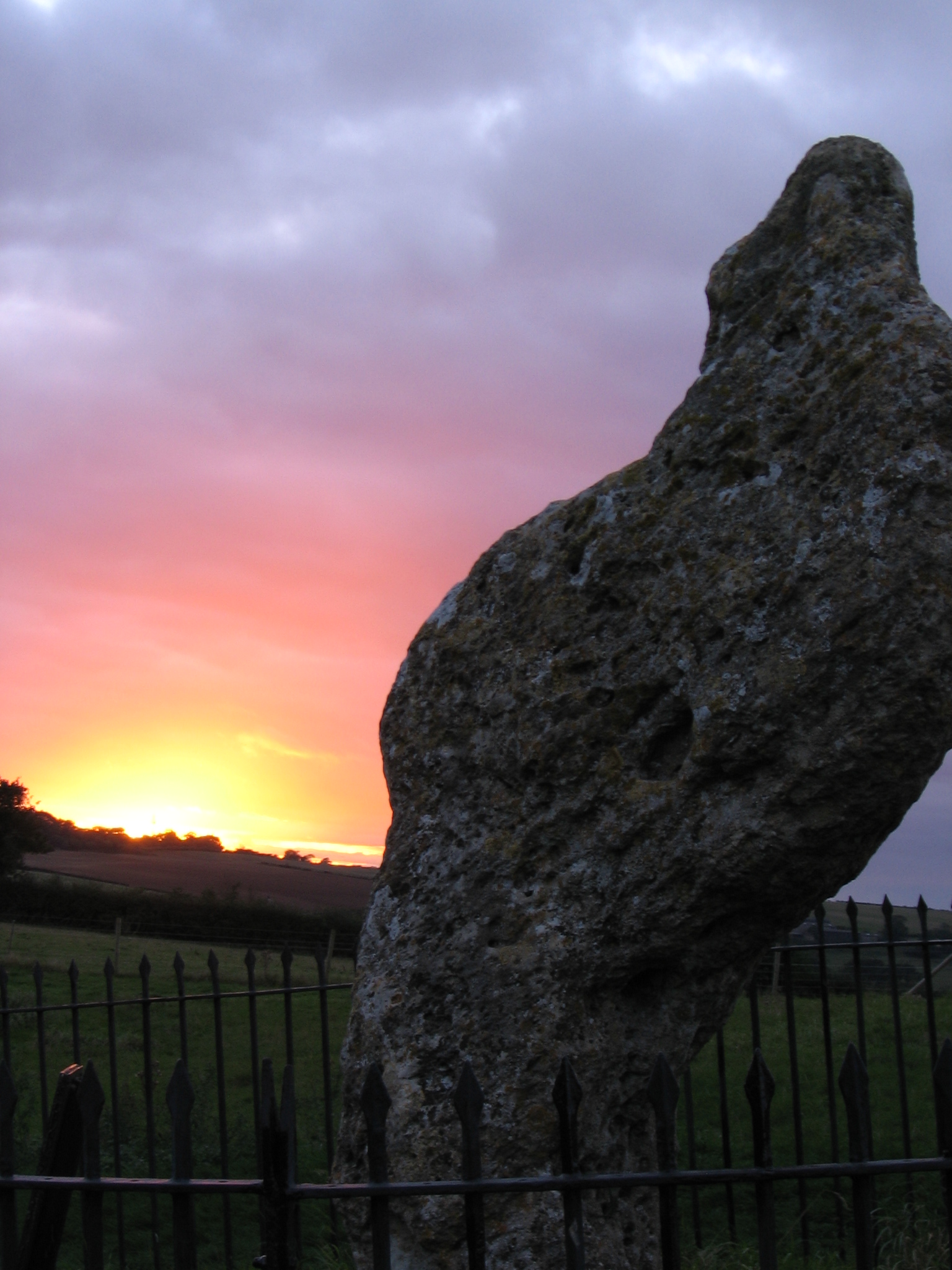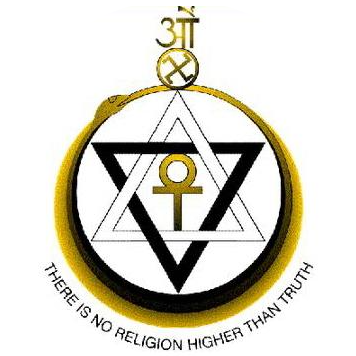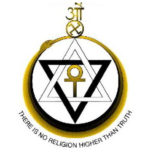
The Three Objects of the Modern Theosophical Movement
To form a nucleus of a Universal Brotherhood of Humanity, without distinction of race, creed, sex, caste or color.
To promote comparative study of the world religions,sciences and philosophies, especially of the Brahminical, Buddhist and Zoroastrian religious philosophies
To investigate the unexplained laws of nature and the psychical and spiritual powers latent in man.
Theosophy, the Wisdom Religion has existed from immemorial time. It offers us a theory of nature and of life which is founded upon knowledge acquired by the Sages of the past; and its higher students claim that this knowledge is not imagined or inferred, but that it is a knowledge of facts seen and known by those who are willing to comply with the conditions requisite for seeing and knowing. As the oldest tradition of human wisdom, Theosophy has been expressed in different ages by such as Krishna and Buddha in the East, by Pythagoras, Plato and Jesus in the West. Following these teachers, lesser voices have supported the central tenet of the philosophy — immortality through reincarnation or rebirth. Bruno van Helmont, Goethe and Schopenhauer, Shelley, Kipling and Masefield, Emerson and Whitman, to name but a few, have all upheld the doctrine given its full philosophical import in the Theosophy presented by H. P. Blavatsky.
Theosophy is not a “Faith,” for “Faiths” may be changed; but, being knowledge which each can make his own, it is not dependent upon dogma or revelation. Theosophists do not demand acceptance of Theosophy; they point out its principles and their applications. Theosophy makes certain statements, but not as statements to be believed. The object of Theosophy is to teach man what he is, through showing him the necessity of knowing for himself and becoming his own authority.

